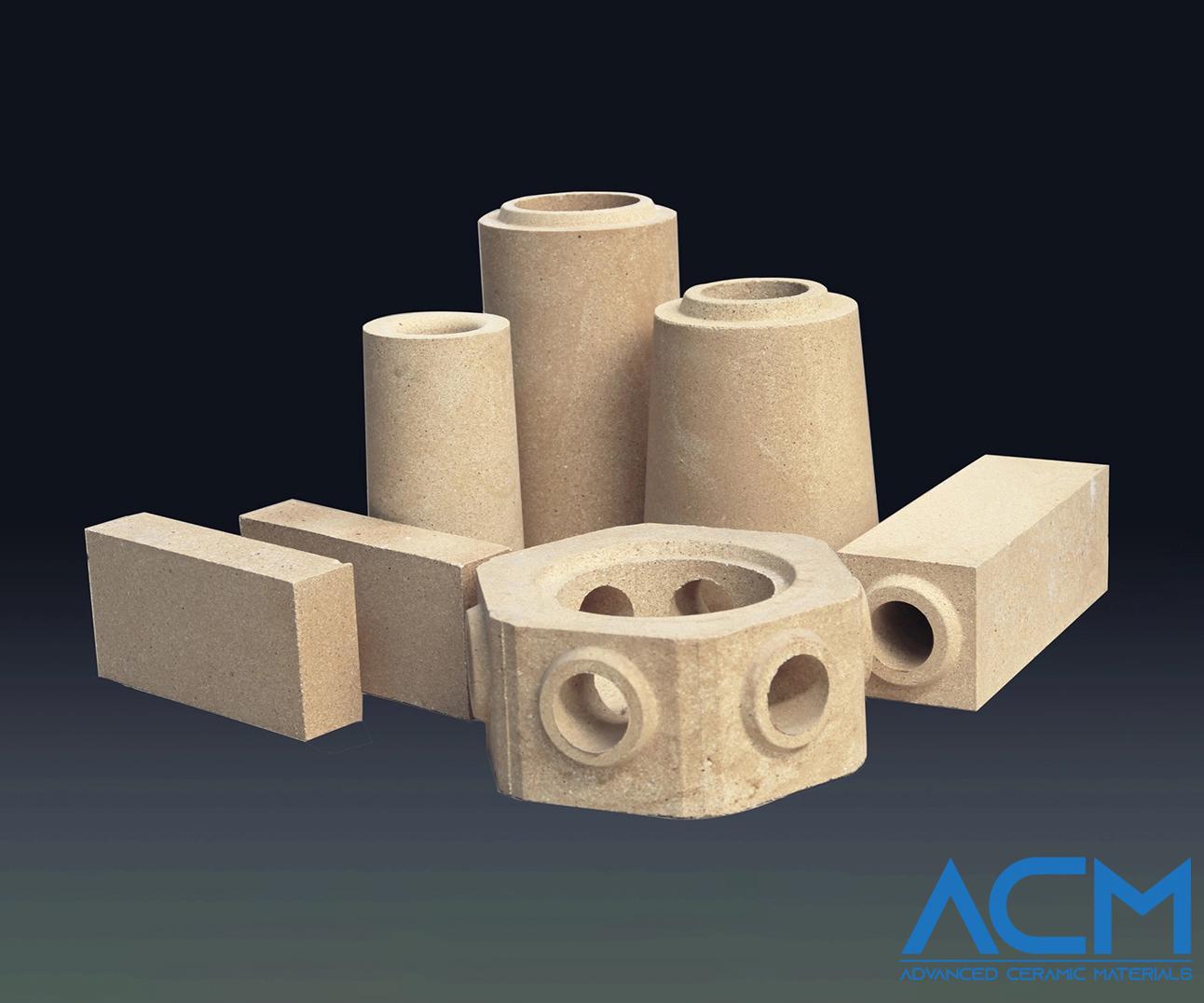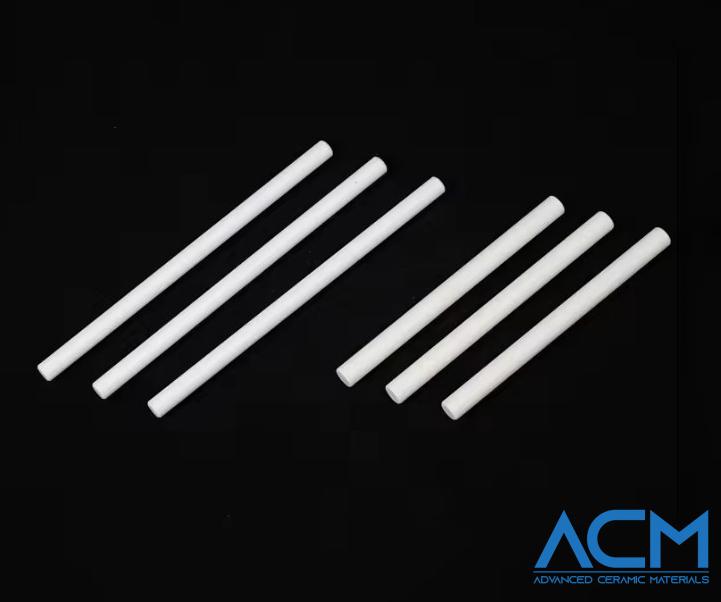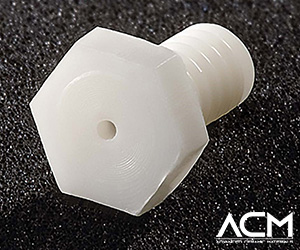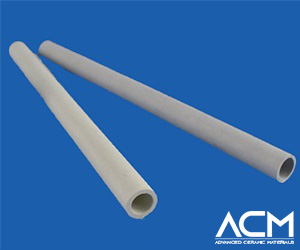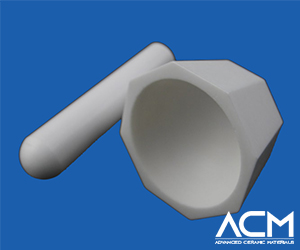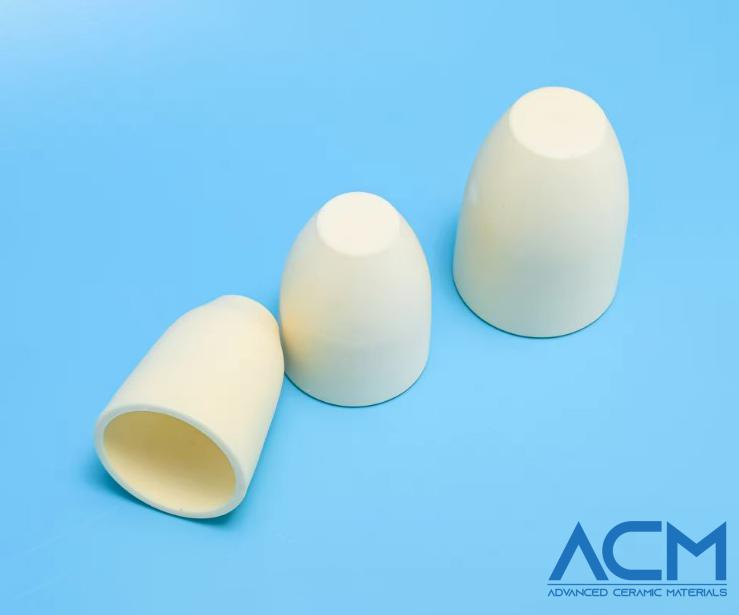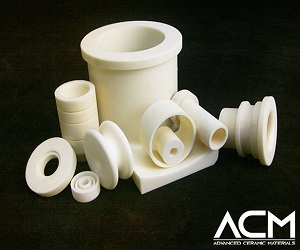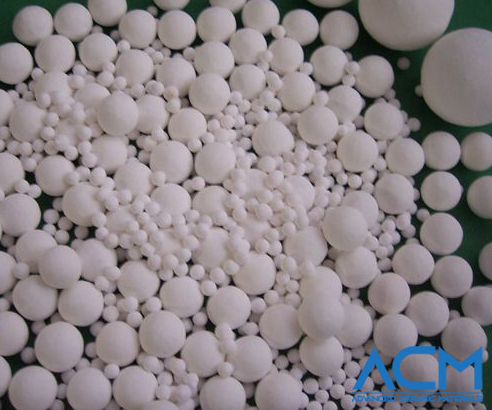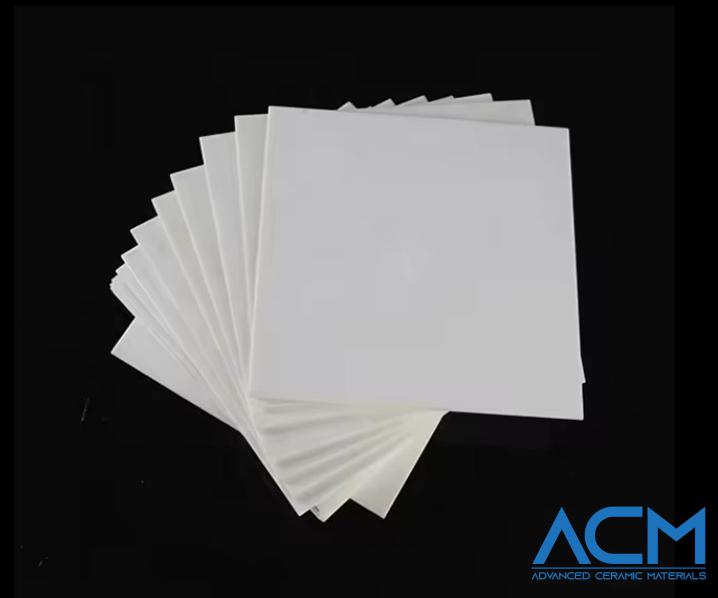Do you have any questions? Email Us
[email protected]
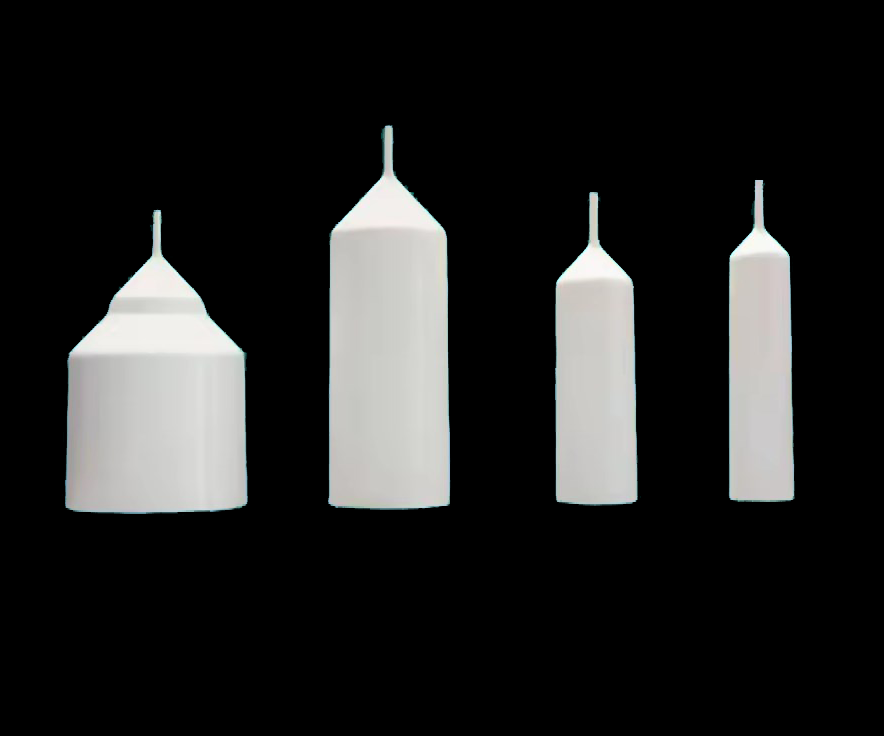
PBN Crucibles for Precision Application
Pyrolytic Boron Nitride Crucible can withstand high temperatures in a high vacuum environment. It has excellent thermal conductivity, corrosion resistance, and electrical resistance.
READ MORE >
AC6128 Andalusite Refractory Brick
Andalusite Refractory Brick Overview
Andalusite Refractory Brick is a high-quality refractory material made from andalusite, an aluminum silicate mineral. These bricks are known for their excellent high-temperature properties, including high refractoriness, good thermal shock resistance, and low thermal expansion. They are widely used in high-temperature industrial settings, such as lining kilns, furnaces, and reactors, where they offer effective insulation and protection against extreme heat and chemical corrosion.
Andalusite Refractory Brick Specifications
|
items |
Runner Brick |
Sleeve |
|||||
|
Alumina |
Clay |
||||||
|
BM-60R |
BM-C60R |
HL-32R |
BM-60V |
BM-50V |
HL-32V |
||
|
Refractoriness ℃ |
37 |
37 |
32 |
37 |
36 |
32 |
|
|
Bulk density (g/cm3) |
2.50 |
2.45 |
1.90 |
2.40 |
2.15 |
1.90 |
|
|
A.P % |
23 |
21 |
20 |
23 |
22 |
20 |
|
|
C.C.S Mpa |
350 |
400 |
300 |
350 |
300 |
300 |
|
|
(2kg/cm³,Ta ℃) Refractoriness under load |
1500 |
1500 |
1300 |
1450 |
1400 |
1300 |
|
|
(%) at 1000℃ Thermal expansion |
0.6 |
0.5 |
0.5 |
0.6 |
0.6 |
0.5 |
|
|
Chemical (%) |
Al2O3 |
63 |
60 |
34 |
63 |
51 |
64 |
|
Fe2O3 |
2.0 |
2.0 |
2.0 |
2.0 |
2.0 |
2.0 |
|
Andalusite Refractory Brick Applications
- Steel Industry: Used for lining blast furnaces, hot blast stoves, and ladles.
- Cement Industry: Ideal for kiln and precalciner linings.
- Glass Industry: Applied in melting furnace linings.
- Petrochemical Industry: Suitable for various high-temperature processes.
Andalusite Refractory Brick Packaging
Andalusite Refractory Bricks are packaged to maintain their quality during transit and storage:
- Standard Packaging: Bricks are wrapped in protective plastic or shrink-wrap to guard against moisture and contamination.
- Palletized Packaging: Bricks are stacked on pallets and secured with strapping. Pallets are covered to protect against environmental factors.
- Custom Packaging: Specialized packaging solutions can be arranged according to specific customer needs.
Frequently Asked Questions (FAQs)
1. What makes Andalusite Refractory Bricks suitable for high-temperature applications?
- Their composition from andalusite provides high refractoriness, good thermal shock resistance, and low thermal expansion, making them ideal for extreme temperatures.
2. How do Andalusite Refractory Bricks perform compared to other refractory materials?
- They offer superior performance in high-temperature and chemically corrosive environments due to their unique mineral composition and properties.
3. What are the main industries that use Andalusite Refractory Bricks?
- They are primarily used in the steel, cement, glass, and petrochemical industries for various high-temperature applications.
4. How should Andalusite Refractory Bricks be stored?
- Bricks should be stored in a dry, covered area to prevent moisture absorption and physical damage. They should be placed on a flat surface and handled with care.
5. Can these bricks be used in both acidic and alkaline environments?
- Yes, Andalusite Refractory Bricks are resistant to both acidic and alkaline environments, making them versatile for different industrial applications.
Request a Quote
-
Attachment (Optional)
No file chosen
I would like to join the mailing list to receive updates from Advanced Ceramic Materials .
*e-mail address with your company's domain name is preferred. Otherwise, we may not be able to process your inquiry.
Tel : (949) 407-8904
Address : 23661 Birtcher Dr. Lake Forest, CA 92630 U.S.A.
Main Products


Useful Links


Featured Posts


Search
Copyright © 1994-2025 Advanced Ceramic Materials owned by Oceania International LLC, All Rights Reserved.








